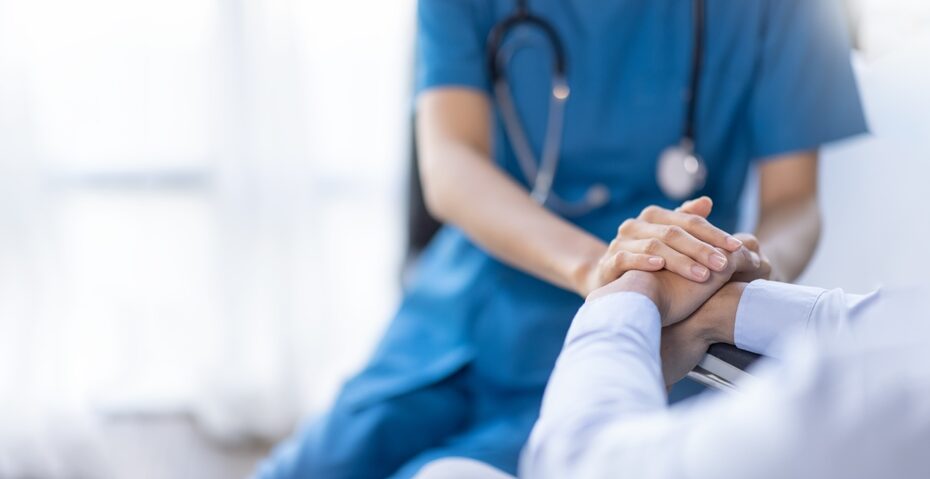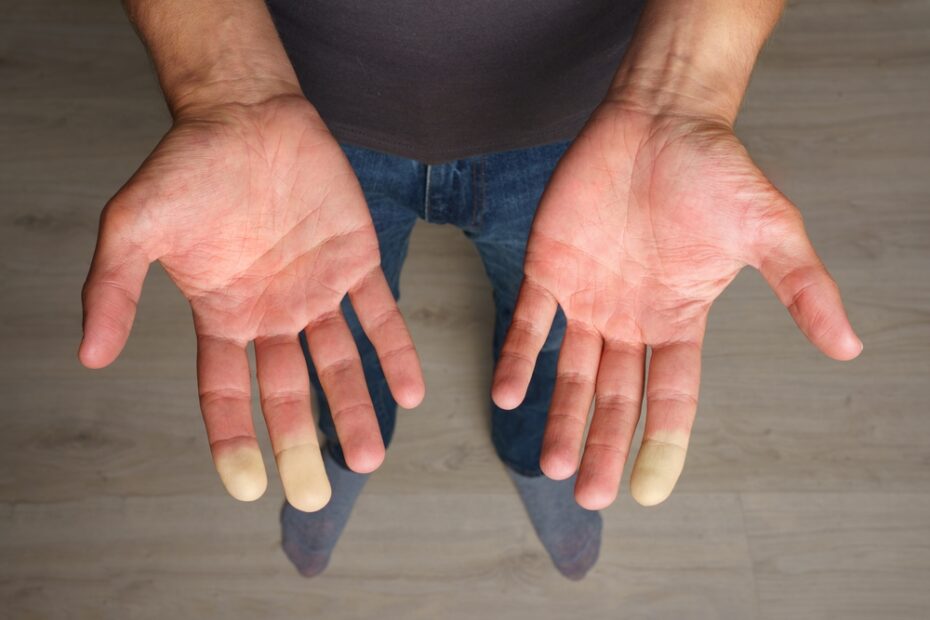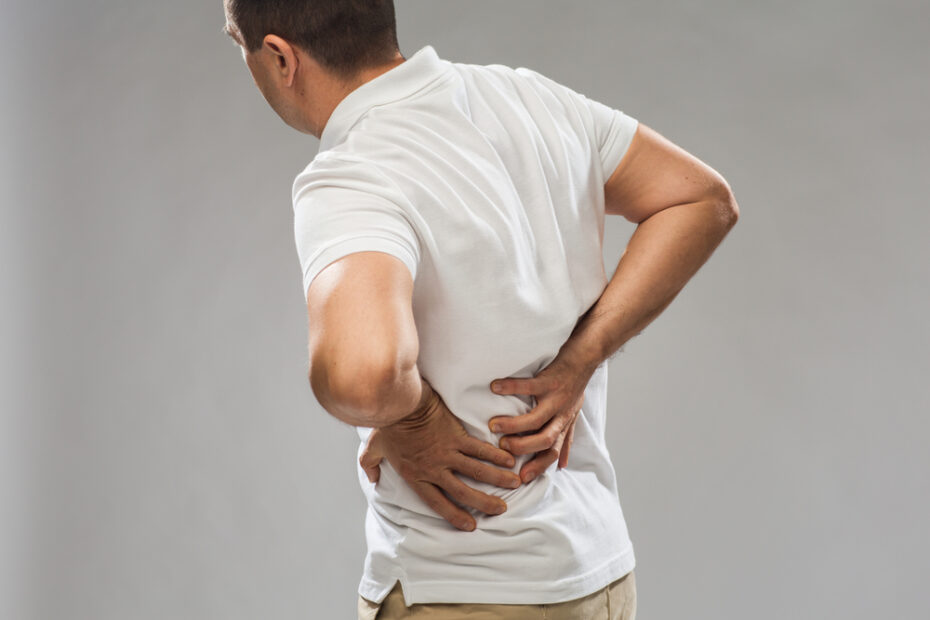Is it sclerotherapy you need to fix your veins?
Using sclerotherapy the surgeon treats small varicose veins and spider veins. It means injecting a solution, known as a sclerosant, right into the affected veins. The sclerosant irritates the lining of the blood vessel and it swells and sticks together. Over time, these veins will fade. When does the surgeon… Read more…Is it sclerotherapy you need to fix your veins?








